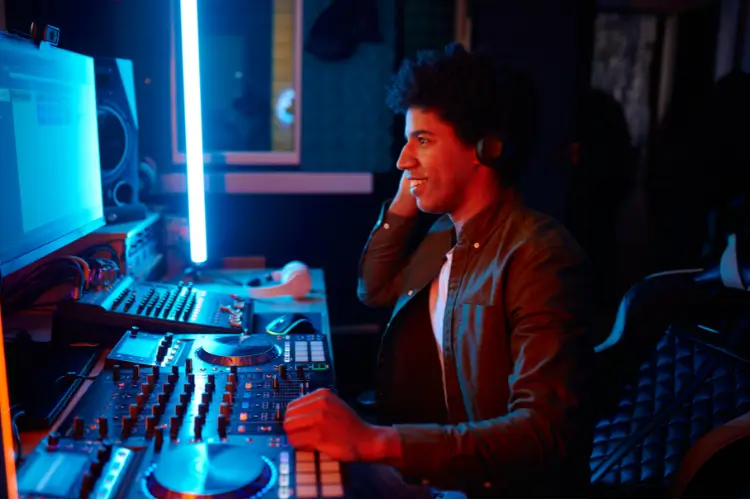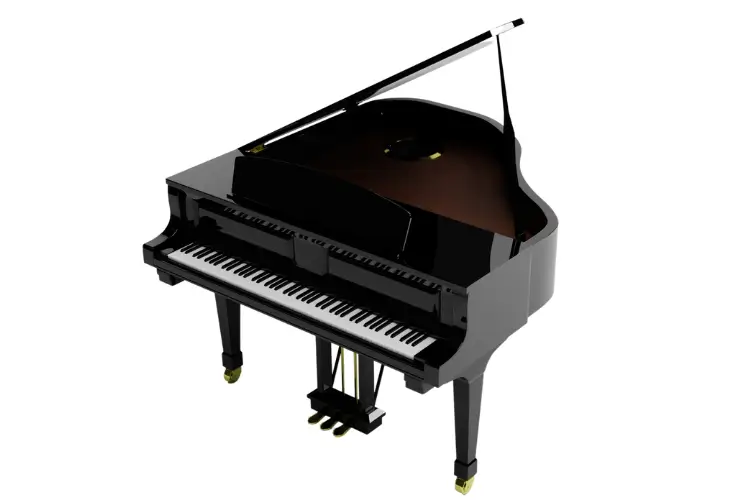From the silent film era, where visual storytelling dominated, to the complex soundscapes of modern blockbusters, the transformation of sound effects in cinema has shaped how audiences experience films. This article will explore the historical evolution of cinema and how sound effects have transformed the industry, focusing on key developments that marked each era.
The Silent Film Era: Visual Storytelling
The early years of cinema, roughly from the late 19th century through the 1920s, were characterized by silent films. During this period, filmmakers relied heavily on visual storytelling—using body language, facial expressions, title cards, and exaggerated acting to convey the narrative. Without the aid of synchronized sound, cinema was a purely visual medium, and audiences experienced films through the lens of visual cues and intertitles that explained dialogue or important narrative points.
In this early era, sound was not entirely absent, but it was minimal. Live music, sound effects, and even narrators were used in theaters to accompany films. A pianist or organist would often play music to set the tone or highlight emotional moments, while sound effects like the sound of a ringing phone or footsteps could be produced live on stage. These performances were an essential part of the cinematic experience, but they were external to the film itself, as there was no method to synchronize sound with images.
The Introduction of Synchronized Sound: The Talkies
The most significant milestone in the evolution of sound in cinema came in the late 1920s with the advent of synchronized sound, marking the transition from silent films to “talkies.” The 1927 release of The Jazz Singer, directed by Alan Crosland, is often credited as the first full-length feature film with synchronized dialogue. While the film was groundbreaking, it was a significant technical challenge to produce. The technology at the time struggled to perfectly sync sound with the images, leading to issues like poor sound quality and mechanical problems with early sound equipment.
Despite these challenges, The Jazz Singer revolutionized the industry, and the floodgates for synchronized sound were opened. Filmmakers began experimenting with how sound could be integrated into films, and this led to the emergence of techniques such as sound-on-film technology. Films like The Broadway Melody (1929) and All Quiet on the Western Front (1930) demonstrated the potential of sound to enhance the emotional impact of a scene, adding dimension to the visual experience and creating a more immersive world for audiences.
During this time, sound effects were still relatively simple, often limited to basic background noises like doors creaking, footsteps, or the sound of vehicles. The sound was typically recorded live on set, and there were few special effects used to enhance or manipulate sound in ways that could add to the narrative. Nonetheless, this period laid the groundwork for the more sophisticated use of sound effects in later years.
The Golden Age of Hollywood: Expanding the Sound Palette
The 1930s through the 1950s marked the Golden Age of Hollywood, a period where sound became an integral part of filmmaking. During this time, sound effects were used more creatively, and technology improved, allowing filmmakers to experiment with sound in more innovative ways. The introduction of multi-track recording, which allowed different sounds to be recorded separately and mixed together in post-production, marked a significant milestone in the evolution of sound in cinema.
In this era, sound effects became more complex and varied. The use of foley artists—professionals who created sound effects in post-production—became commonplace. Foley artists would create sounds like footsteps, rustling clothes, and the clinking of glass, which were then synchronized with the actions in the film. This period also saw the rise of new sound technologies, such as stereo sound and surround sound, which added layers of depth and realism to the soundtrack.
Films such as King Kong (1933) showcased the potential of sound effects to create atmosphere and tension. The iconic roars of the giant ape were amplified by innovative sound techniques, and the use of sound played a significant role in building suspense and drama. Similarly, The Wizard of Oz (1939) used a variety of sound effects, from the ticking of the witch’s broomstick to the eerie echo of the haunted forest, to create a vivid, fantastical world.
The Rise of Digital Sound: The 1980s and Beyond
By the 1970s and 1980s, the film industry saw the rise of new technologies that would revolutionize how sound was used in movies. Digital sound technology emerged, and filmmakers began to experiment with complex sound design that incorporated both diegetic (in-world) and non-diegetic (external) sounds. One of the most notable advancements during this time was the creation of Dolby Stereo, which allowed for more dynamic and immersive sound experiences. With the introduction of surround sound systems in theaters, filmmakers were able to create 3D soundscapes, placing the audience in the middle of the action.
A pivotal moment in the use of sound effects came with Star Wars (1977), directed by George Lucas. The film’s sound designer, Ben Burtt, is often credited with transforming how sound effects were used in cinema. Burtt’s work on Star Wars was groundbreaking, as he created iconic sounds like the buzzing of lightsabers, the roar of Chewbacca, and the mechanical voice of Darth Vader. Burtt pioneered techniques such as combining various recorded sounds (like the sound of a whale’s breath and a lion’s roar) to create new, imaginative sound effects. His innovative use of sound helped establish Star Wars as a film that was as much about its audio landscape as it was about its visual spectacle.
During the 1990s and into the 2000s, technological advancements such as digital audio workstations (DAWs) and computer-generated imagery (CGI) further expanded the possibilities for sound design. The ability to digitally manipulate sound made it easier to create complex, layered soundscapes that could be fully integrated with visual effects. Films like Jurassic Park (1993), The Matrix (1999), and Inception (2010) showcased the increasing sophistication of sound effects, with booming explosions, intricate mechanical noises, and otherworldly creatures all brought to life through sound.
The Modern Era: Hyperrealism and Immersion
In the 21st century, sound effects have become an even more integral part of the cinematic experience, especially in the era of blockbuster films and immersive 3D sound technologies. Modern blockbusters, particularly those in the action, science fiction, and fantasy genres, rely heavily on sound to enhance their visual spectacle. With the advent of technologies like Dolby Atmos, sound effects are now more immersive than ever before. Dolby Atmos, which allows sound to move freely in a three-dimensional space, has been a game-changer in the industry, giving filmmakers the ability to place sounds anywhere in a theater’s space, making the experience feel even more real and engaging.
Today, millions of sound effects are not only used to create realism but also to manipulate the emotional experience of the audience. The use of subtle ambient noises, for example, can heighten tension, while loud, thunderous effects can evoke excitement and fear. In addition, sound design now plays a key role in storytelling. For example, the use of silence or minimal sound in a scene can be just as powerful as an explosion or dramatic music, allowing the audience to focus more intently on the visual narrative.
Conclusion
The evolution of sound in cinema has been nothing short of remarkable. From the rudimentary sounds of the silent film era to the hyper-realistic soundscapes of modern blockbusters, the role of sound in film has evolved significantly, transforming the way we experience movies. Sound effects have moved from being a simple accompaniment to visuals to becoming an essential element of filmmaking, deeply intertwined with narrative and emotional impact. Today, sound continues to shape our cinematic experiences, pushing the boundaries of what is possible and creating immersive worlds that captivate audiences worldwide.




